ISSN ONLINE(2319-8753)PRINT(2347-6710)
ISSN ONLINE(2319-8753)PRINT(2347-6710)
Patil Sagar Rajendra1, Prof. R.N. Yerrawar2, Prof. S.L. Gavali3
|
| Related article at Pubmed, Scholar Google |
Visit for more related articles at International Journal of Innovative Research in Science, Engineering and Technology
The paper presents the experimental and FE modal analysis of Hip Joint used in the case of Hip Fracture. For the experimentation FFT analyser is used to calculate the natural frequencies. The three-dimensional finiteelement model is constructed in CATIA. The model is meshed in ANSYS workbench. During analysis the three fundamental bending modes are extracted. The finite element model agrees well with the FFT results and can serve as a baseline model of the Hip Joint.
Keywords |
| Hip Joint, Finite Element Analysis, FFT analyser. |
INTRODUCTION |
| A hip fracture is a break in the upper quarter of the femur (thigh) bone. The extent of the break depends on the forces that are involved. The type of surgery used to treat a hip fracture is primarily based on the bones and soft tissues affected or on the level of the fracture. |
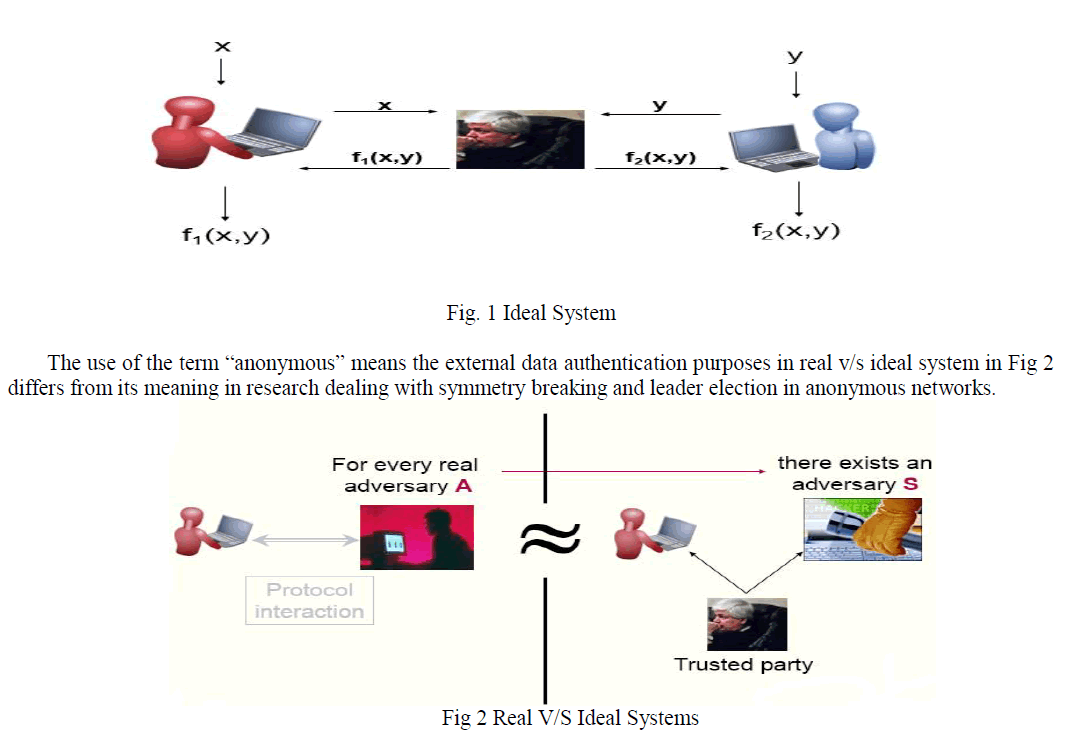 |
| Fig No. 01 Position of Hip Joint Implant |
| Figure No. 01 describes the position of Hip joint Implant. Hip fractures are a major cause for disability in patients. They require immediate attention as they could otherwise cause death. Hip fractures are almost always treated with surgery by implantation. Implants are of various types accounting for the many variations in hip fractures. Fracture is the most important aspect of joints. Factors such as abnormal joint geometry, body weight, and prior injury are stated as major cause for hip fracture. Heavy loads on joint are implicated as the significant cause for the hip fracture. In recent years the number of hip fractures continues to increase in elderly population. Worldwide, the total number of hip fractures is expected to overstep 6 million by the year 2050. Approximately one-third of fracture patients went on to receive a hip replacement. There are four different types of fracture patterns (i) femoral head fracture, involving the femoral head, (ii) Femoral neck fracture, (iii) Sub trochanteric fracture involving the shaft of the femur immediately below the lesser trochanter,(iv) Due to diseases such as Osteoporosis. All of these fractures are treated by strenuous surgical procedures that involve implantation. But total hip replacement surgery is done predominantly in older patients with femoral neck fracture as they would be unable to withstand plates or nails. The design of the hip prosthesis has been modified continuously to grapple with the advanced technology and patients postulates. Many new approaches have been evidenced in hip joint analysis with better material design. And computer technology. Existing implants are not custom made for Indian anatomical specifications and hence cause problems in surgery. Also, choice of implant is a subject of debate. This proves the need for implant optimization. |
HIP JOINT DETAILS |
| The Hip Joint stainless steel material is selected as case study. Fig.1 shows the model of Hip Joint. It is mechanical software used to prepare the 3D models of variety of components. Here, in this project we made use of the CATIA to produce the 3D model of Hip Joint. Standard dimensions are taken from the manufacturer’s catalogue viz., Ball diameter, Neck length, Neck diameter, Femur length, width of the femur, etc. Taking all these parameters or dimensions as inputs and the final 3D model of Hip joint is completed as shown in Fig No. 02. |
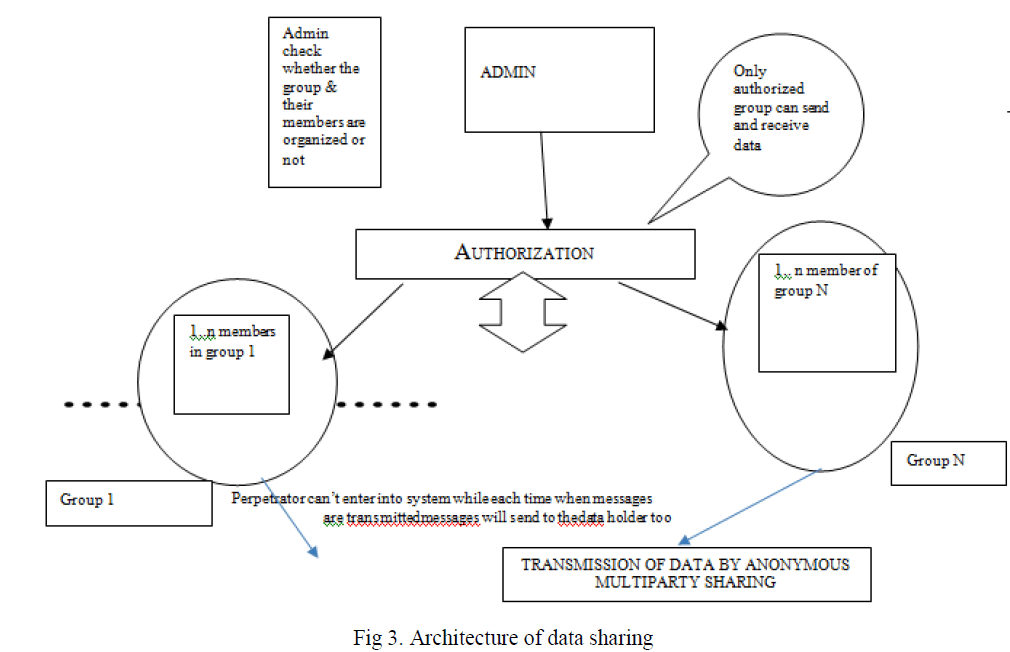 |
| Fig. No. 02 3D Modelling using CATIA |
| In CATIA software, a model of hip joint with appropriate dimensions as mentioned above is modelled. To create hip joint, first go to part design. Then select plane. Click sketcher WB (workbench) icon. By using circle command, draw circle of required diameter that is 69 mm. Sphere is generated using shaft command. Also draw profile approximate to the other profile. Also draw a hole at centre having diameter equal to 3 mm. Exit from WB. By using pad command other profile is generated. Finally lower part of sphere and lower part are connected with chamfer command. |
EXPERIMENTAL MODAL ANALYSIS |
| Experimental modal analysis of a system, deals with determination of natural frequencies, damping ratios, and mode shapes through the vibration testing. In the case of forced vibration, the analysis includes the study of acceleration, velocity and displacement responses of the systems. The basic ideas involve in model analysis are then structure or machine or any system is excited its response exhibits a sharp peak at resonance when the forcing frequency is equal to its natural frequency, if the damping is not present large. Fig. No.03 illustrates the fixture in process. |
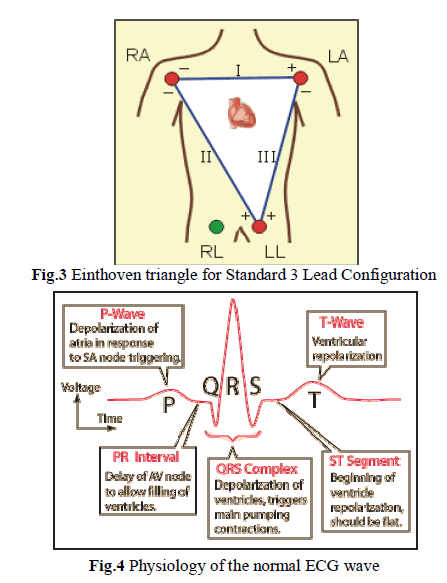 |
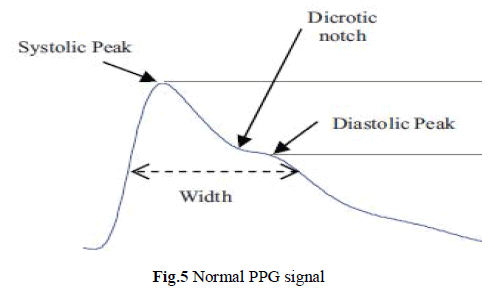 |
| Fig No. 05 FFT Results |
| Figure no. 4 and 5 illustrates the experimental set up required for the experimentation and the Frequency response function for 6 modes respectively. |
PROCEDURE OF EXPERIMENTATION |
| 1) Connect the accelerometer and Impact hammer to appropriate channels of FFT to cables. |
| 2) Prepare set-up for Modal analysis and In-pulse software. |
| 3) Mount accelerometer on shaft with the help of magnetic base. |
| 4) Excite shaft by giving In-pulse by Impact hammer. |
| 5) Record the response received from accelerometer in frequency domain and time domain. |
| 6) Identify the natural frequencies and corresponding phase in FFT software and record it. |
| 7) Repeat the procedure for different positions of accelerometer to record all vibration modes of shaft. |
EXPERIMENTAL RESULTS |
| The FFT gives result in the form of FRF graph and curser values of frequencies for corresponding mode shape. The results from FFT are tabulated in the Table I |
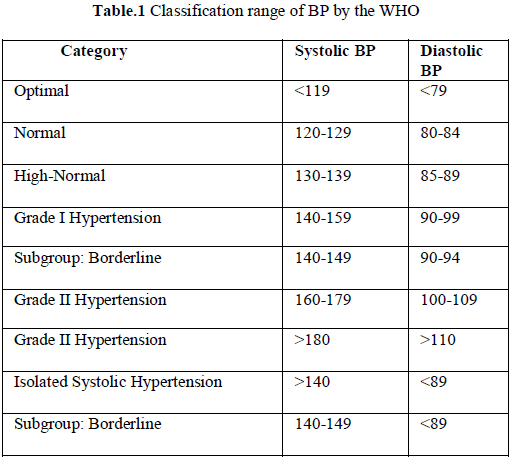 |
| Table I. FFT Results |
FINITE ELEMENT ANALYSIS |
| In this section we discuss the modelling of hip joint, and finite element analysis of hip joint using FEA. Finite Element method (FEM) simulates physical parts behaviour by dividing the geometry into a number of elements of standard shapes, applying constraints. Uses of proper boundary conditions are very important since they stronglyaffect the results of the finite element analysis. The hip joint is modelled in Pro-E. The step file of model is imported in ANSYS workbench. The main objective of this work is to perform the Finite Element Analysis of hip joint using CAE Tools, so as to determine the natural frequency in the shaft. The material properties are demanded in CAE to perform analysis. The material used for hip joint is steel En19 and material properties are shown in the table II. |
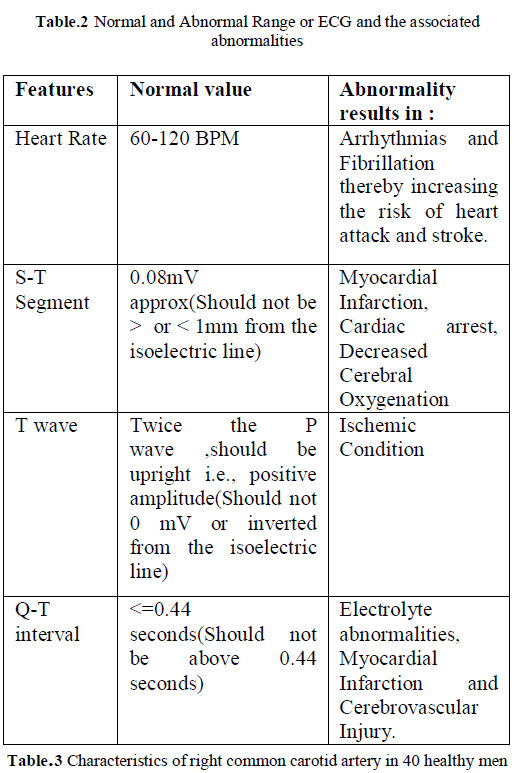 |
| Table II Material Properties |
| Finite Element Modelling |
| Definition of FEM is hidden in the world itself. Finite - any continuous object has finite degree of freedom & it’s just not possible to solve in this format. Finite Element Method reduces degree of freedom from infinite to finite with the help of discretization To get value of variable at where between the calculation points, interpolation function is used. Method – There are three methods to solve any engineering problem. Finite Element Analysis belongs to numerical method category. Finite element modelling of any solid component consists of geometry generation, applying material properties, meshing the component, defining the boundary constraints, and applying the proper load type. |
| Geometry of Hip Joint |
| The dimensions of hip joint are obtained from selected model of hip joint as case study. By using accurate dimensions the solid model of hip joint is generated by using CATIA software. The solid model generated of the hip joint is shown in Figure 5. |
| Loading and Boundary Conditions |
| The geometry is meshed in mechanical model window of an ANSYS 14. The hex dominant method is applied for the geometry. This method is used for applying maximum hexahedron elements to complicated geometry. The body sizing is applied for the whole geometry and element size is given as 5 mm. The FE model of the hip joint geometry is meshed with hexahedral elements, with the global element length of 5 mm and local element length of 0.342 mm. The meshed hip joint is shown in Figure 6. |
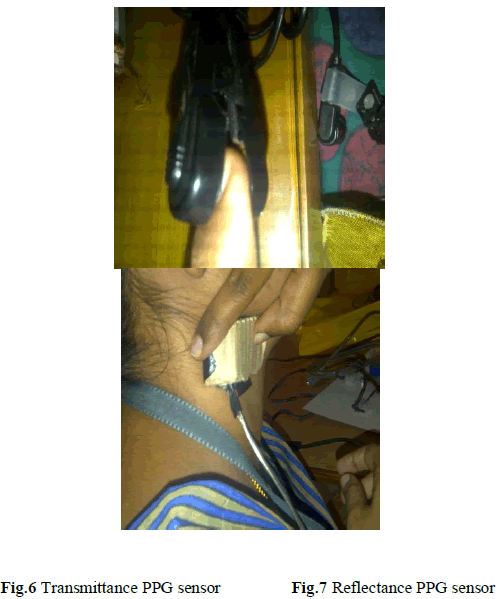 |
| Fig No. 06 Loading and Boundary conditions |
| FEA Solution |
| In the analysis of hip joint three modes are extracted. The results are tabulated in the Table IV. The following figure 7 to 9 shows the three modes of hip joint. |
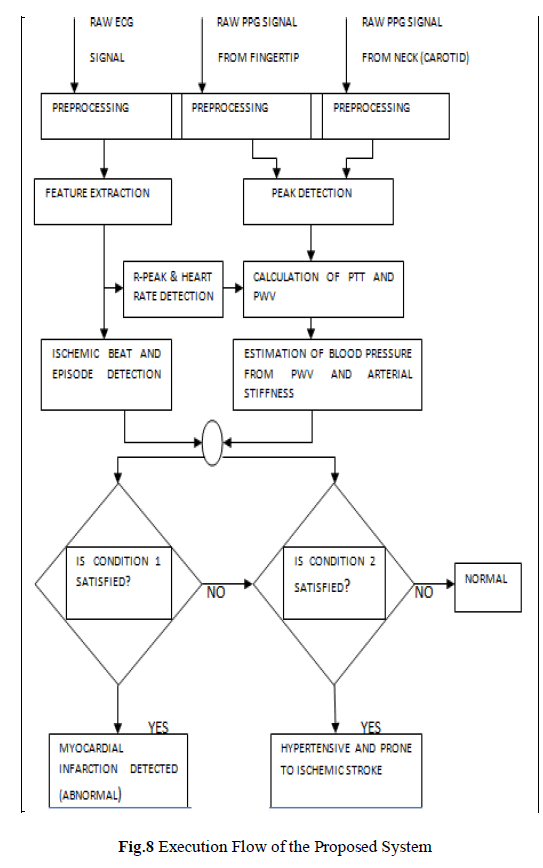 |
| Fig No. 07 |
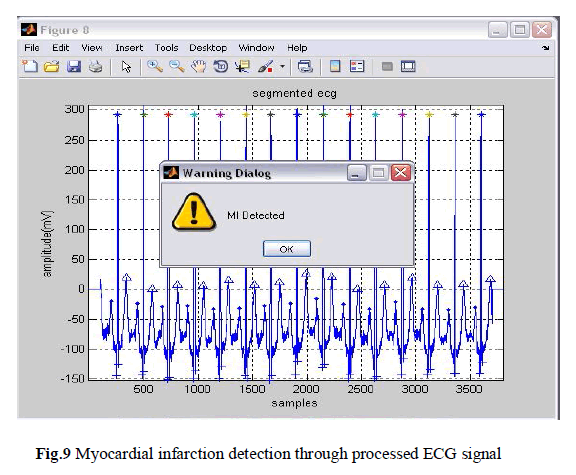 |
COMPARISON BETWEEN EXPERIMENTAL AND SOFTWARE RESULTS AND DISCUSSION |
| Table No. III given below shows the values of Natural frequencies we got in Finite Element Method as well as values of Natural Frequencies we got in Experimentation. In the last column we are getting the percentage difference between two. |
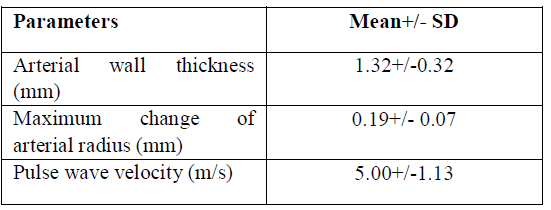 |
| component is close to the natural frequency of first mode of vibration, resonance occurred. At this condition the component is said to be running at critical speed. |
CONCLUSION |
| In this paper the Experimental and FEM methods for calculation of natural frequencies of hip joint is described. From the experimentation first natural frequency is determined. This frequency is lowest natural frequency of hip joint. The hip joint is modelled in CATIA and analysed in ANSYS for its natural frequency. Three modes are extracted during modal analysis. The difference between first frequency by FFT and by ANSYS is about 5.96%. Forcing frequency of hip joint is 615Hz is very less than natural frequency of hip joint. |
References |
|